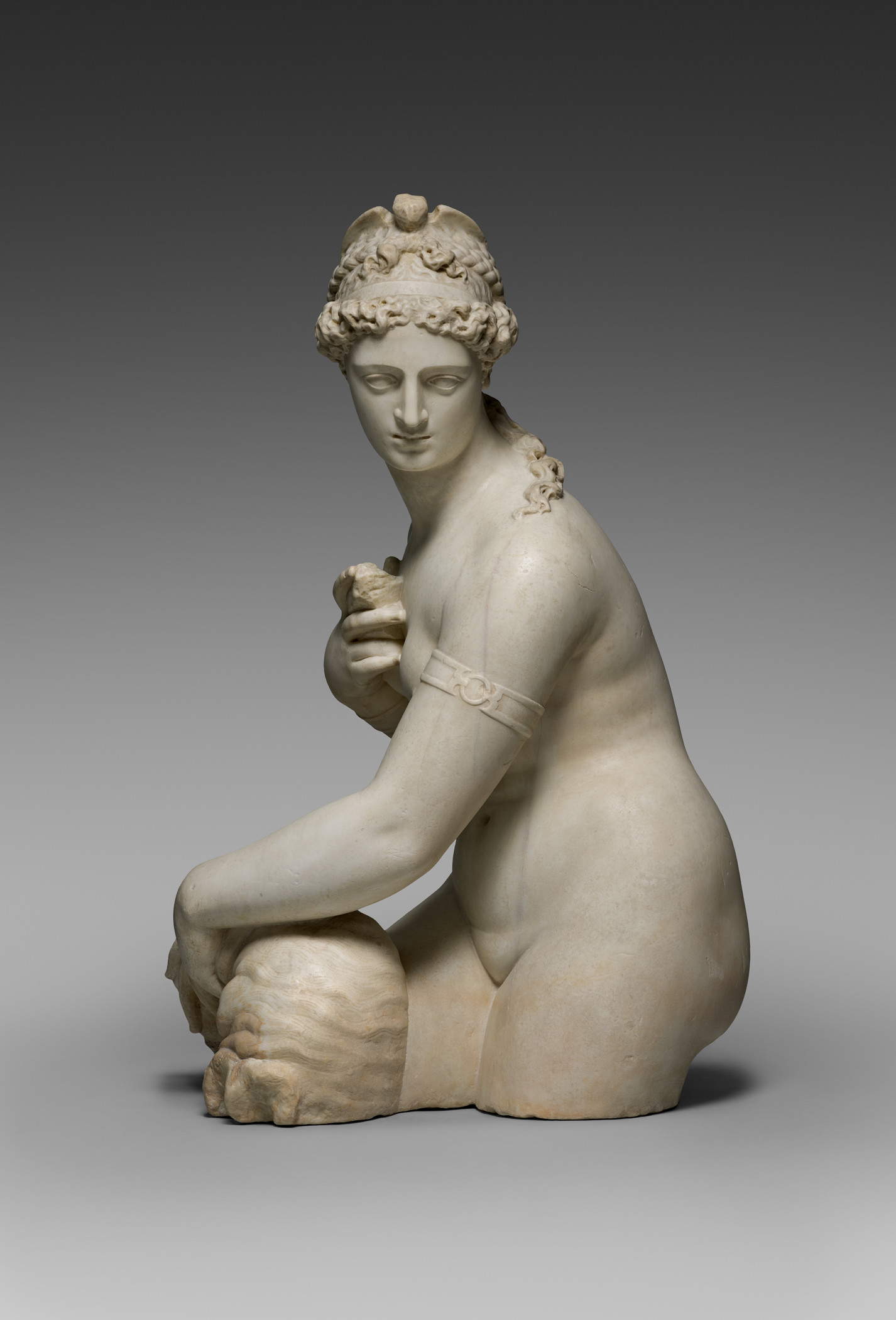The Cleveland Museum of Art (Ohio) has announced the acquisition of Fata Morgana, the last marble by Giambologna (Douai, 1529 - Florence, 1608) still held in a private collection. The sculpture represents a pivotal moment for the museum’s Italian Renaissance collection, offering the opportunity to admire a rare and outstanding masterpiece in the production of the celebrated Mannerist sculptor. The sculpture will be on public view starting Aug. 30 in Gallery 117B, dedicated to Italian Renaissance painting and sculpture. The Italian public was recently able to admire this sculpture in 2017, when the major exhibition on the Florentine 16th century was organized at Palazzo Strozzi, and Fata Morgana was among the works on display.
“It would be difficult to overstate the significance of the purchase of Giambologna’s Fata Morgana compared to the narrative of art history that we are able to tell at the Cleveland Museum of Art,” said William Griswold, director and president of the Cleveland Museum of Art. “We are delighted to share this rare masterpiece with our audiences.”

Giambologna, considered one of the most important sculptors of the late Renaissance and Mannerism, is known for embodying in his art the transition between Michelangelo’s legacy and the later Baroque revolution embodied by Bernini. The Fata Morgana synthesizes the peculiarities of his style through his refined rendering of the female nude, the artist’s favorite subject, and his ability to convey dynamism and movement in marble form. The sculpture fits into the small group of marble works created by Giambologna, who preferred to work mainly in bronze. The limited number of marbles is due to specific conditions imposed by his patrons, the Medici, who limited the acceptance of outside commissions and destined the precious marble for public or ducal works. Fata Morgana is one of an elite group of only three Giambologna marbles found outside Italy and two solely in the United States, along with sculptures housed in the Victoria and Albert Museum in London and the Getty Museum in Los Angeles.
The history of the sculpture is closely linked to Bernardo Vecchietti, an influential banker and adviser to the Medici dukes, who in the early 1570s commissioned the work for his villa Il Riposo, located in Bagno a Ripoli, southeast of Florence. Vecchietti played a key role in keeping Giambologna in Italy and facilitating his appointment as court sculptor. During a period of cohabitation at the villa, Giambologna may also have designed the grotto that first welcomed Fata Morgana. The sculpture’s name comes from a natural spring that ran through the grotto and recalls the legendary figure of Fata Morgana, a mythical creature with powers of youth and renewal, in a subtle poetic allusion to the patron’s surname Vecchietti (today the original is replaced by a copy).
In 1584, the poet and art critic Raffaello Borghini offered a vivid description of “a grotto made with great artifice, and all for within vaguely painted, and falling in a great ovate pile, with delightful sound is made. Above the vase, which the water receives, is a beautiful naked marble damsel, made by Giambologna, in the act of coming out of a cave, and one hand is placed on her dilicate breast, and the other supports a sea basin, from which rising falls back into the vase the water, which seems to be living air: and this beautiful woman for the Fata Morgana (by whom this source was anciently called) is figured.”

The sculpture’s stay in the Vecchietti family lasted about two centuries. Inventory documents from the 18th century attest to its presence inside the villa, initially placed in the grotto and then moved inside the main residence. In 1768, Thomas Patch, an English artist and art dealer, offered the sculpture to a British collector and a few years later obtained a license to export it from Italy. The sculpture remained in England, but its attribution to Giambologna was lost for a long time. It was not until 1989, following a sale by a London collector, that it was again recognized and correctly attributed to the artist, after having been mistakenly catalogued as an 18th-century work. On that occasion, delivered by Charles Worley of London at the sale at Christie’s in Wrotham Park, it was in fact described as “a half-length figure in white marble of the 18th century, representing Venus Marina.”
The acquisition of the work represents a major enrichment for the Cleveland Museum of Art, which already boasts important Renaissance and Baroque works, including masterpieces by Filippino Lippi, Poussin, and Caravaggio. In recent years, the museum has expanded its Mannerist collection with works such as Maso da San Friano’s Holy Family, Aurelio Lombardo’s Dido, and The Death of Pierino da Vinci by an anonymous Tuscan artist.
 |
| Cleveland Museum of Art acquires Giambologna's last marble that was in private hands |
Warning: the translation into English of the original Italian article was created using automatic tools. We undertake to review all articles, but we do not guarantee the total absence of inaccuracies in the translation due to the program. You can find the original by clicking on the ITA button. If you find any mistake,please contact us.